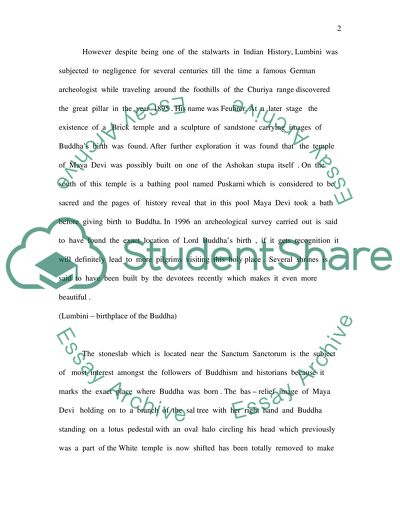Cite this document
(Lumbini Case Study Example | Topics and Well Written Essays - 1750 words, n.d.)
Lumbini Case Study Example | Topics and Well Written Essays - 1750 words. https://studentshare.org/religion-and-theology/1554443-lumbini
Lumbini Case Study Example | Topics and Well Written Essays - 1750 words. https://studentshare.org/religion-and-theology/1554443-lumbini
(Lumbini Case Study Example | Topics and Well Written Essays - 1750 Words)
Lumbini Case Study Example | Topics and Well Written Essays - 1750 Words. https://studentshare.org/religion-and-theology/1554443-lumbini.
Lumbini Case Study Example | Topics and Well Written Essays - 1750 Words. https://studentshare.org/religion-and-theology/1554443-lumbini.
“Lumbini Case Study Example | Topics and Well Written Essays - 1750 Words”. https://studentshare.org/religion-and-theology/1554443-lumbini.


